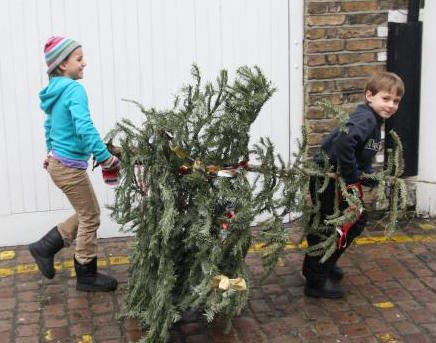
Breakin’ Up Christmas – Connecting Carols and Folk Songs
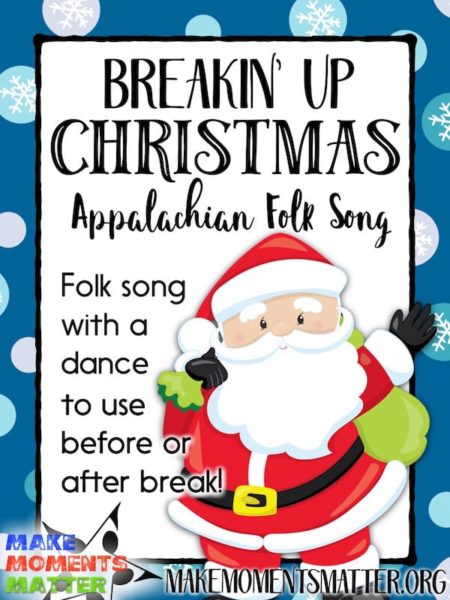 December can often be a challenging and confusing month for music teachers. First of all, so many of our all-school or grade-level concerts fall around the holidays which adds a ton of stress and anxiety to the holiday season. There are also the problems that go along with teaching and managing kids who are hyped up on cupcakes, holiday parties, movie days, and the notion that soon they’ll be out of school for a nice long break.
December can often be a challenging and confusing month for music teachers. First of all, so many of our all-school or grade-level concerts fall around the holidays which adds a ton of stress and anxiety to the holiday season. There are also the problems that go along with teaching and managing kids who are hyped up on cupcakes, holiday parties, movie days, and the notion that soon they’ll be out of school for a nice long break.
On top of all of that, music teachers have to try and walk a very tricky line that deals with the matter of what songs/what content is appropriate to teach. Do we delve into Christmas music and try to gloss over or ignore the holiday/religious background connected to the songs? That’s easy to do with songs like “Sleigh Ride” and “Frosty the Snowman,” but not so easy with something like “Joy to the World” or “Silent Night.” Do we teach songs from many religious traditions? Do we ignore the whole subject altogether and just teach non-holiday songs?
I’ve tried several different approaches over the years with varying levels of success. I’ve never had a parent come to me or my administration and complain that there was a Christmas song taught in class, but I’ve always sort of lived in the fear that that might happen. Whenever I teach a song with religious connections I make sure to give a quick talk about why I teach the song. “You’re going to hear this song in the malls and on the radio. I’m not teaching it because I think you must celebrate the holiday that’s connected to the song. Some people celebrate Christmas, but many don’t. Some celebrate other holidays like Hanukkah or Kwanzaa or Diwali and some celebrate nothing at all. You choose what you want to celebrate! But today we’re learning this song because it’s something that’s very popular in America and I want you to know what it is.”
All of this stress and confusion just piles on at the holidays. That’s why I love songs like “Breakin’ Up Christmas.” This song bridges the gap between the overtly religious holiday carols and non-holiday traditions like folk song and folk dance. It also bridges the gap between December and the new year so you can teach it before you leave for winter break or AFTER you get back in January. When I teach this song I can connect it with our American culture and historical traditions from the Appalachian mountains. It’s new for the kids, so they don’t bring in preconceived notions about the song. I’m free to take this lesson in any direction that seems right.
Learning the Song – The Process
This song is actually pretty short and very easy for kiddos to learn. I don’t show them any notation or words at first, but have them sing back with me as they learn by rote. I teach them the main melody first by having them sing it back in parts. “Hooray Jake, Hooray John” and they repeat, “Breakin’ Up Christmas all night long.” and then they repeat. Then we do the whole phrase and I make sure they really know it before we move on.
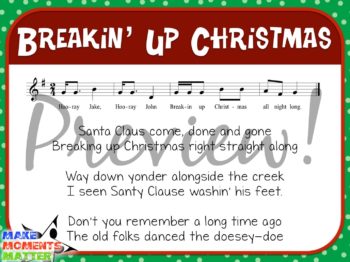 Once they have that main refrain down then I do a little back and forth with them. I let them sing the main line as a sort of refrain or chorus and I sing the next few “verses” with them. I sing “Santa Claus come, done and gone, Breaking up Christmas right straight along” and then they sing back with the refrain, “Hooray Jake, Hooray John…” We go through all the verses like this back and forth until we’ve sung through everything.
Once they have that main refrain down then I do a little back and forth with them. I let them sing the main line as a sort of refrain or chorus and I sing the next few “verses” with them. I sing “Santa Claus come, done and gone, Breaking up Christmas right straight along” and then they sing back with the refrain, “Hooray Jake, Hooray John…” We go through all the verses like this back and forth until we’ve sung through everything.
Then you can project the slide with the words (above) onto the screen and have the kiddos sing the rest of the verses with you as you do a little AB pattern. Sing a “verse” and then sing the main refrain of “Hooray Jake, Hooray John…” Pretty soon kids should be able to sing all the words of both the A and B sections.
The Folk Dance
When I teach this lesson it feels sort of “out of order” to me. Often when I teach songs I’ll go through and teach all the music, talk about the vocabulary, put it all back together and then at the very end we’ll work in the folk dance. Since this song is so short, I teach the music first and jump right into the folk dance before we do anything with the vocabulary or history. In fact, it’s easy to jump into the folk dance because the last line includes words that say, “Don’t you remember a long time ago, The old folks danced the doesey-doe.”
We do an easy little square dance with this song that goes like this. Head couples walk in for four beats and then back out for four. Then side couples walk in for four beats and then back out for four. Since the lyrics of the song talk about a do-si-do it makes sense to do that next. I usually have kids do-si-do their partner and then do-si-do their corner. After that, you can do whatever you want. You can swing partners, promenade, or any other dance move you want. If you’ve been working on folk dance you can tie in any move that you’ve been working on recently. One thing I like to do is have kids add in folk dance moves that they remember. If they can name the move that we’ve done before, we add it in. This gives them some ownership and takes the burden off of me to decide what comes next.
Teaching the Vocabulary
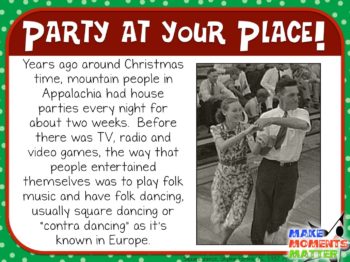 This song has a lot of really fun vocabulary and history tied to it. “Breakin’ Up Christmas” is a tradition from the Appalachian region. Folks would go from house to house, having a dance at one house, then go off to the next one the following night. They’d clear the furniture, put huge logs on the fire and play music and dance for a two-week period around Christmas and the New Year. After about two weeks, “Breaking up Christmas” meant that it was time to bring the celebration to a close. This final party happened on “Old Christmas” on Jan. 6 has its roots in ancient tradition. Many observe the day as the time when you’re supposed to take down your Christmas tree and decorations.
This song has a lot of really fun vocabulary and history tied to it. “Breakin’ Up Christmas” is a tradition from the Appalachian region. Folks would go from house to house, having a dance at one house, then go off to the next one the following night. They’d clear the furniture, put huge logs on the fire and play music and dance for a two-week period around Christmas and the New Year. After about two weeks, “Breaking up Christmas” meant that it was time to bring the celebration to a close. This final party happened on “Old Christmas” on Jan. 6 has its roots in ancient tradition. Many observe the day as the time when you’re supposed to take down your Christmas tree and decorations.
There are so many connections you can make to this. Sometimes I go down the road of the “play party” and talk about how play parties were dance parties at on families house which is very similar to what happened with this song. We talk about what it would be like to have everyone over and have a party in your house with folk dancing and a band. Other times we talk about how this ties in with the 12 Days of Christmas or the traditions of Epiphany. There are a lot of connections you can make with this song (which is one of the many reasons that I love it so much!).
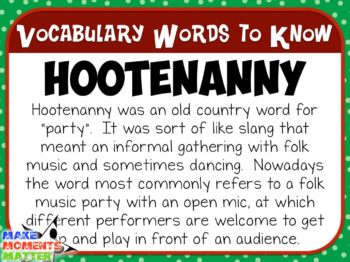 One word I really like to highlight is “Hootenanny.” Kids think the word is funny (I do to) and they really like to learn about what it means. Hootenanny was an old country word for “party”. It was sort of like slang that meant an informal gathering with folk music and sometimes dancing. Nowadays the word most commonly refers to a folk music party with an open mic, at which different performers are welcome to get up and play in front of an audience.
One word I really like to highlight is “Hootenanny.” Kids think the word is funny (I do to) and they really like to learn about what it means. Hootenanny was an old country word for “party”. It was sort of like slang that meant an informal gathering with folk music and sometimes dancing. Nowadays the word most commonly refers to a folk music party with an open mic, at which different performers are welcome to get up and play in front of an audience.
There used to be a video available (it’s since been taken down) of “Uncle Shuffelo and His Haint Hollow Hootenanny” performing Breakin Up Christmas. We talk about how the group sings and then dances and then plays and does some solos. What’s really great is that this video is taken in someone’s house, just like a “Breakin’ Up Christmas” party would be done in someone’s actual living space. There’s a lot you can talk about!
Now I use this video of the “Molsky Mountain Drifters” who play through with a guitar, fiddle, and banjo and play quite a bit, showing off on each instrument. Every once in a while they’ll sing one of the verses and then go off to playing again. Great for a background track when teaching the dance!
I made a “Favorite Carol” set for this song and in the kit I’ve included a bunch of media links where you can hear the song and see folk groups play the song too. Often we will watch a video and then I’ll shut off the projector so that we can use the music by itself and we dance to the music.
Another fun subject to talk about with this song is the use of instruments in the folk group. Uncle Shuffelo’s band (the video of this song is gone but the group has LOTS of available videos you can use to talka bout folk music) uses an autoharp, a tuba, a guitar, spoons, banjo, double bass, and more! This is also a great time to talk about violin vs. fiddle! A lot of time when you listen to recordings of this song, The “Breakin’ Up Christmas” tune is often played on the fiddle without words.
Breakin Up Christmas is an amazing song to teach before or after your winter break and it would fit in really easily! In fact, you could teach the song before the break and use this as your “welcome back to school” song when you see kids in January since it is traditionally sung around January 6th. Please leave a comment below if you have any other ideas or suggestions when teaching this old favorite! I’d love to hear how you use this in your classroom!
 If you liked the visuals and resources you saw in the above blog post then check out this Favorite Carol for the song. I have it available to download as a PowerPoint presentation and also as a PDF file. Included in the set are a lot more pages of historical context, vocabulary, background for the song, visuals, and aids for teaching. You can use the PowerPoint for visuals and explanation as you teach or you can post the images out in the hallway as a bulletin board that reinforces the content you explore in class (or you can do both)!
If you liked the visuals and resources you saw in the above blog post then check out this Favorite Carol for the song. I have it available to download as a PowerPoint presentation and also as a PDF file. Included in the set are a lot more pages of historical context, vocabulary, background for the song, visuals, and aids for teaching. You can use the PowerPoint for visuals and explanation as you teach or you can post the images out in the hallway as a bulletin board that reinforces the content you explore in class (or you can do both)!


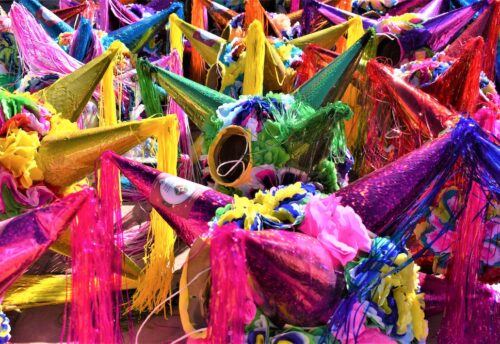
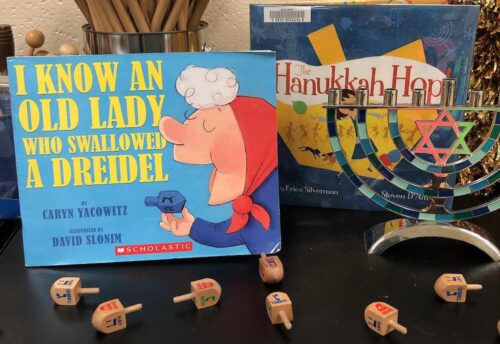
One Comment